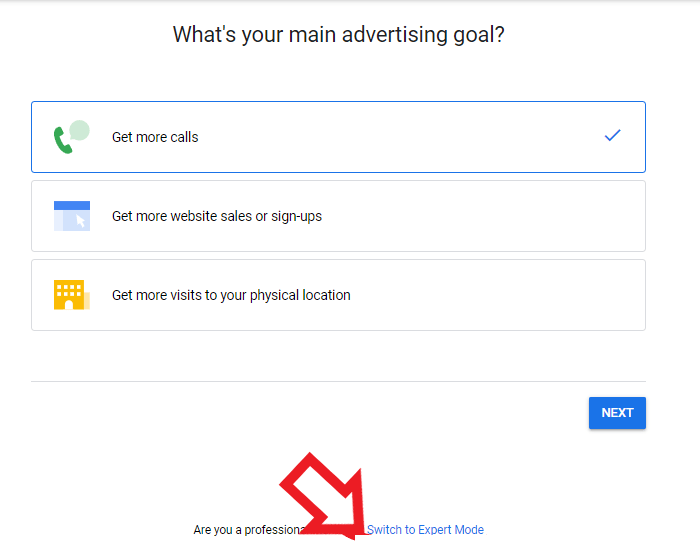
Why Tinkering with Google Ads Accounts is Not a Great Idea Anymore: You're Not a DJ
Share
Google Ads has evolved significantly over the years, and as much as we may want to tweak and adjust settings constantly, it's not always the best approach for success. If you've ever found yourself experimenting with bids, budgets, and keywords as if you’re DJing a set, it's time to reconsider that strategy. Here's why:
1. The Right Duration for Trying New Things
One of the biggest mistakes advertisers make is constantly tweaking their campaigns too frequently. In the past, it was common to see an immediate need to adjust based on short-term results. However, Google Ads today is much more sophisticated and relies heavily on machine learning and AI, which requires time to gather data, optimize, and make accurate predictions.
Testing new elements, whether it’s an audience, bidding strategy, or ad copy, needs time to show real results. Instead of making changes every couple of days, you should aim for at least two to three weeks to properly evaluate the performance and let Google's AI gather enough data to learn and optimize. Patience is key—just like in any experiment, rushing through the testing phase can result in skewed insights.
2. Google Ads is Mostly AI-Driven
A lot of the decisions Google Ads makes are based on artificial intelligence. Whether you're using Performance Max, Search, or Demand Gen campaigns, all these ad types rely on Google's machine learning algorithms to optimize bids, ad delivery, and targeting. This system thrives on data—it learns from your existing campaign data and applies it to future auctions.
When you continuously make changes to your ads, keywords, and bidding strategies, you disrupt the learning process. Google’s AI needs time to understand user behavior and make intelligent decisions that improve performance. Every small change you make can reset the process, meaning you’re not giving the machine enough time to do its job effectively.
3. Stop Changing Budgets Constantly
One of the most common mistakes in Google Ads management is frequently adjusting budgets. It's tempting to adjust the budget based on short-term performance, but this isn't a productive approach. Changing the budget too often can confuse the algorithm and make it harder for Google’s system to optimize ad delivery effectively.
A better strategy is to set a reasonable budget and allow Google’s AI to work with that figure for an extended period. If you find that the budget is too low to achieve your desired results, it’s better to increase it gradually rather than making drastic changes. This ensures a stable learning environment for Google Ads to function properly and deliver the best results.
In the world of Google Ads, success doesn’t come from constantly tinkering with campaigns like you're spinning a set at a club. It comes from giving the system time to learn, grow, and optimize on its own. With AI-driven features like Performance Max, Search, and Demand Gen, patience is no longer just a virtue—it’s essential for long-term success.
So, put the dial down, stop adjusting every setting on the fly, and trust the AI. By giving it time and sticking to a well-planned strategy, you'll see the best results in the long run.
